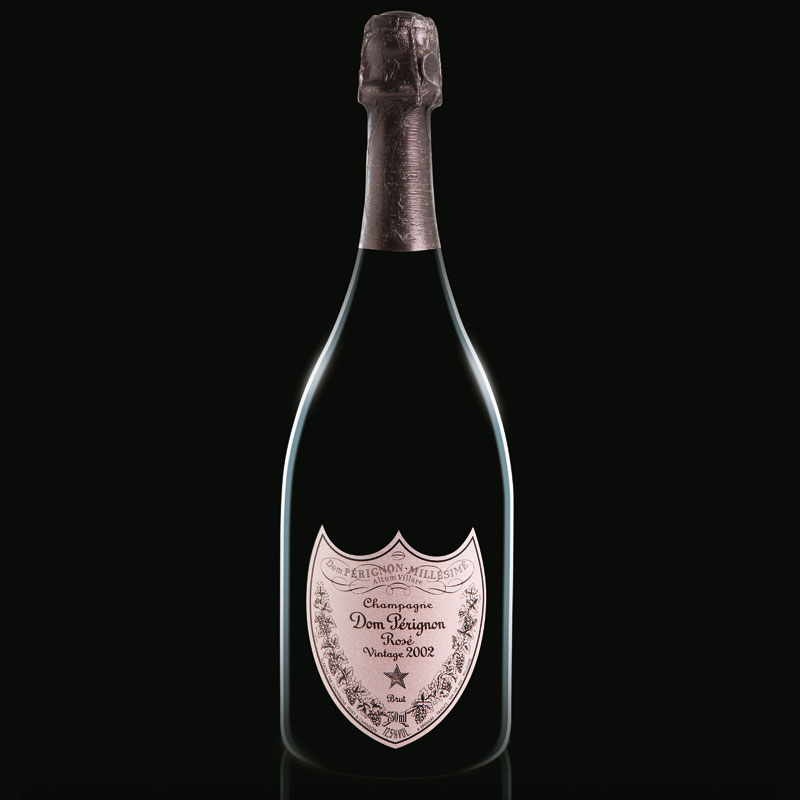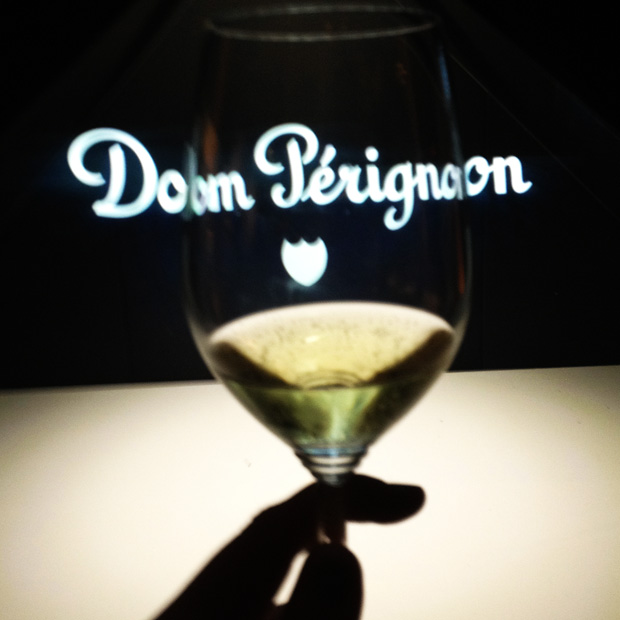Decoding Dom Pérignon in Hautvillers, France
Exploring medieval abbey grounds and fields ripe for harvesting
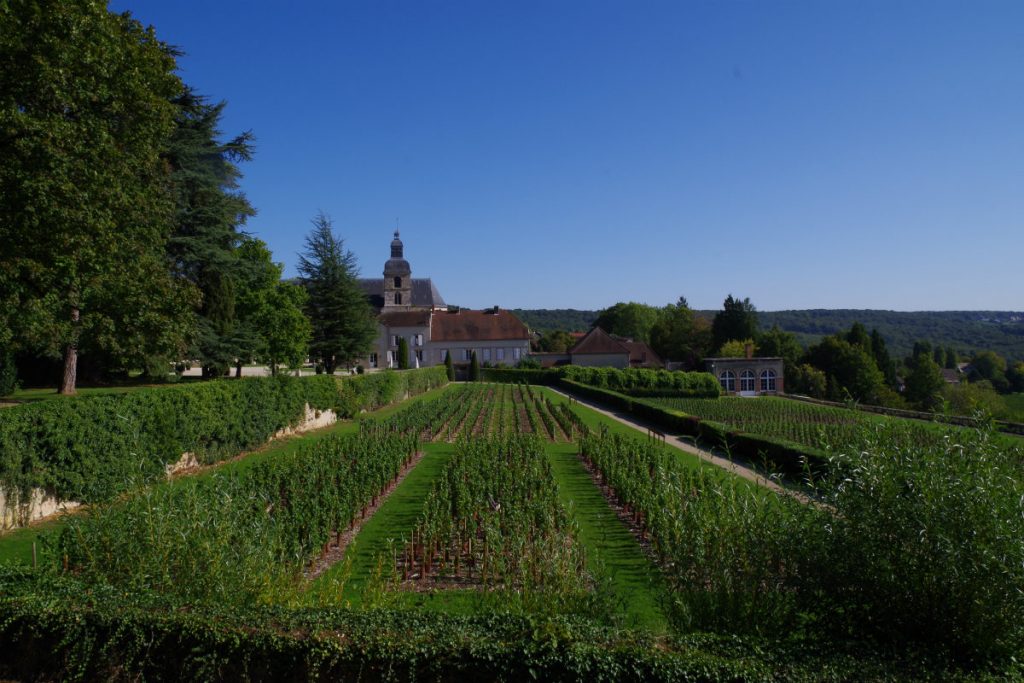
On the third day of Dom Prignon‘s annual grape harvest, we joined the team in the pinot noir fields of Ay, in the heart of France’s celebrated Champagne region and toured their medieval abbey grounds in Hautvillers. This was the second stage of their multi-year initiative, “Decoding,” which commenced in April of this year in the grandest fashion with 29 snacks (each one inspired by the brand’s rich history) made by one of the world’s most acclaimed chefs, Ferran Adri. While this installment of the explorationaimed at breaking down the fundamental elements of champagne (specifically Dom Prignon 2005) with Adri’s elBullifoundationwas less extravagant than the debut, it certainly was still thought-provoking. As it became clear during the excursion, there’s no way better to understand the brand than to walk through hillside vineyards ripe with grapes and ruminate in the monastery Dom Pierre Prignon himself inhabited.

In the year 650, a Benedictine abbey was set atop a grassy hill in Hautvillers, France within the region of Champagne-Ardenne. The location would be sieged and destroyed three times, despite its eagle-eye view of the surrounding lands, before Dom Pierre Prignon arrived in 1658. He lived there until his death in 1715, surrounded by natural springs, grape vines and wine production. It was there Prignon became bursar of production and began crafting what would become one of the world’s most prestigious champagnes. From pioneering grape blends to having the soil excavated for constant-temperature-bearing caves, he fathered modern sparkling wine. Centuries later, the brand would introduce their first vintage, a 1921a pillar that continues to define the brand. And this year, almost a century later, we joined celebrated Cellar Master Richard Geoffroy and winemaker Vincent Chaperon to go even deeper into the brand’s DNA.
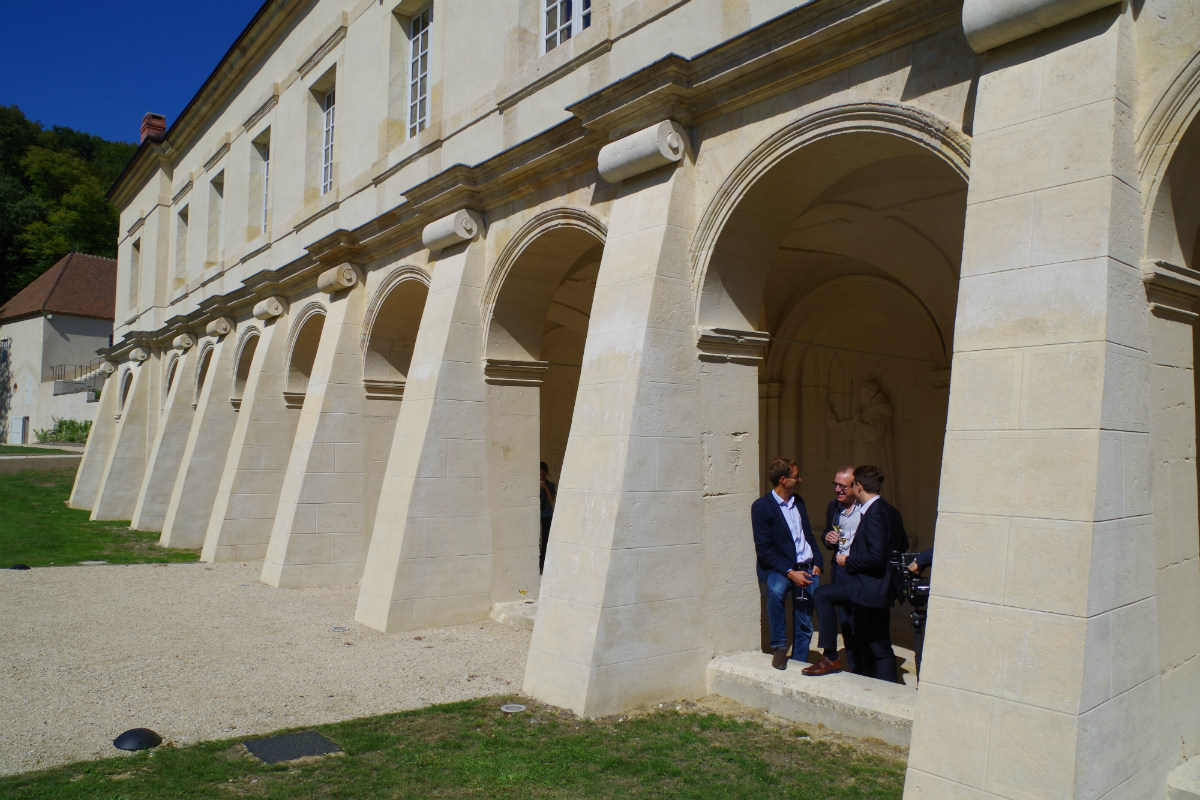
The abbey no longer plays host to production. While it still sits above fields of grapes and houses a champagne storage cave, Geoffroy and Chaperon convene here once (or more) a week to ideate, seek inspiration and plan. Despite a breeze, there’s a thoughtful quietreminiscent of the monastic life once lead on the grounds. There’s also a touch of anxiety. Geoffroy and Chaperon do not normally entertain guests here during the harvest. They’re eager to be workingbecause the grapes being culled will dictate creation, quality, blending and ultimately, output. Will this year’s grapes be good enough to merit becoming a vintage of Dom Prignon?

When we left the abbey, we proceeded to the pinot noir fields in nearby Ay, France. There, in the first week of September, most grapes were ready to be harvested and gloved workers dotted the landscape, collecting the precious source material. “It was the warmest year in 40 or 50 years, and the driest year since 1976,” Chaperon explains. “This is ideal,” adds Geoffroy, “because it will lend the grapes exceptional character.” The grapes we plucked most likely will not see the outside world again for at least 10 years when they may hit the shelves as Dom Prignon 2015. If not worthy, there will be no vintage and the grapes will be sold to other brands to be used in their products.

Geoffroy has vivid memories of all vintages he worked on and tells us, “2003 came out as such contrast to the others. It was a year of extremes, of a scorching heat wave. Whereas 2004 was a no-brainer. It was so easy, obvious, natural and coherent.” During our 10 wine tastings, we explored both, before stepping back into the 2002 vintageone of their most successful in the brand’s history. Their 2005 vintage was an unprecedented release, being the first time in brand history that a vintage has been released four years in a row. Since 1921, only 41 vintages have been released in total. While the 2003 is the most eccentric and distinct, with attention it’s easy to discern the differences between the otherseven the difference between a vintage served from a labeled bottle, a recently disgorged bottle and a recently disgorged magnum. Variation is evident, but the DNA is consistent.
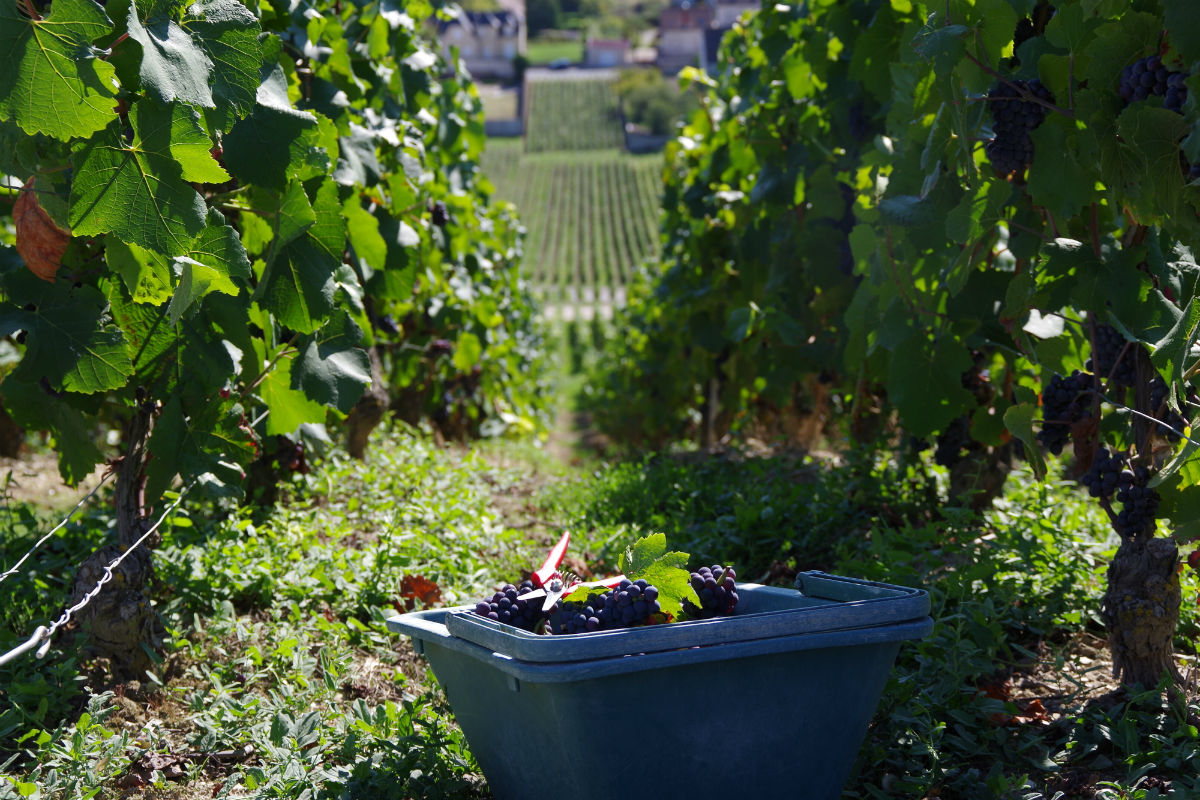
As we’ve noted before, our interest in this brand does not pertain to exclusivity or luxury (though both come to mind when considering Dom Prignon), but it’s in their unique position in the marketplace based on their exploration of vintages. There’s a world to explore within and harvesting the grapes with care and ruminating with their team at a historic medieval abbey definitely shed further light on something ethereal and exquisite. At present, we aren’t certain what the next stage will be in the “Decoding” experience, but with complexity and inspiration at its core, we’re eager to know what we will learnand taste next.
Images by David Graver

